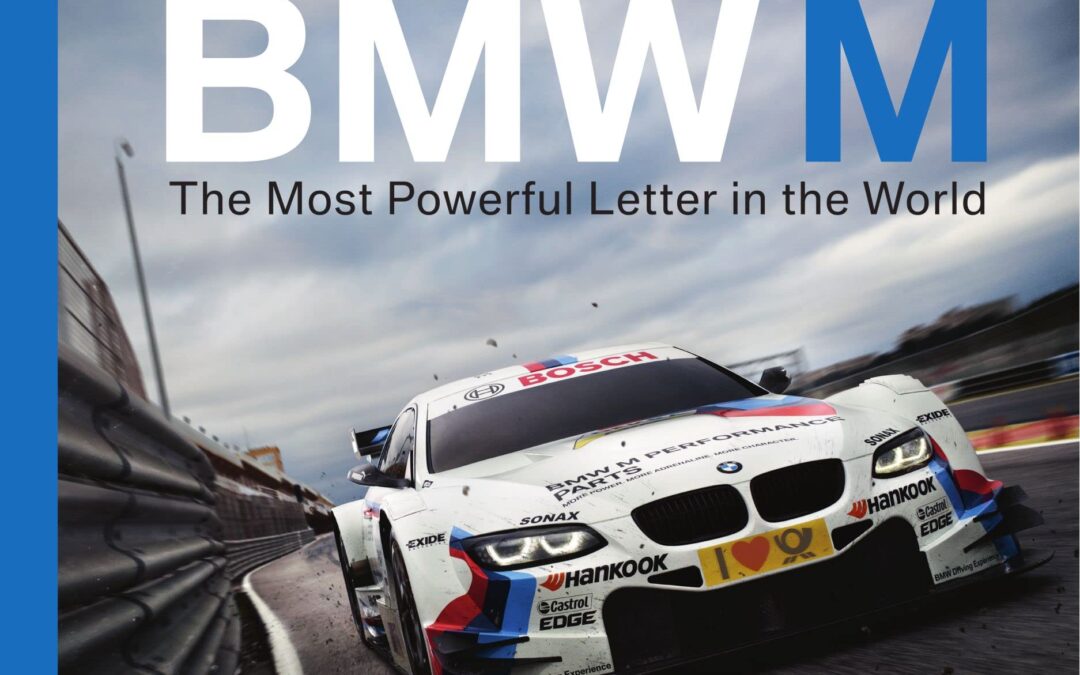On My Vespa Italy on the Move
On My Vespa Italy on the Move
On My Vespa Italy on the Move
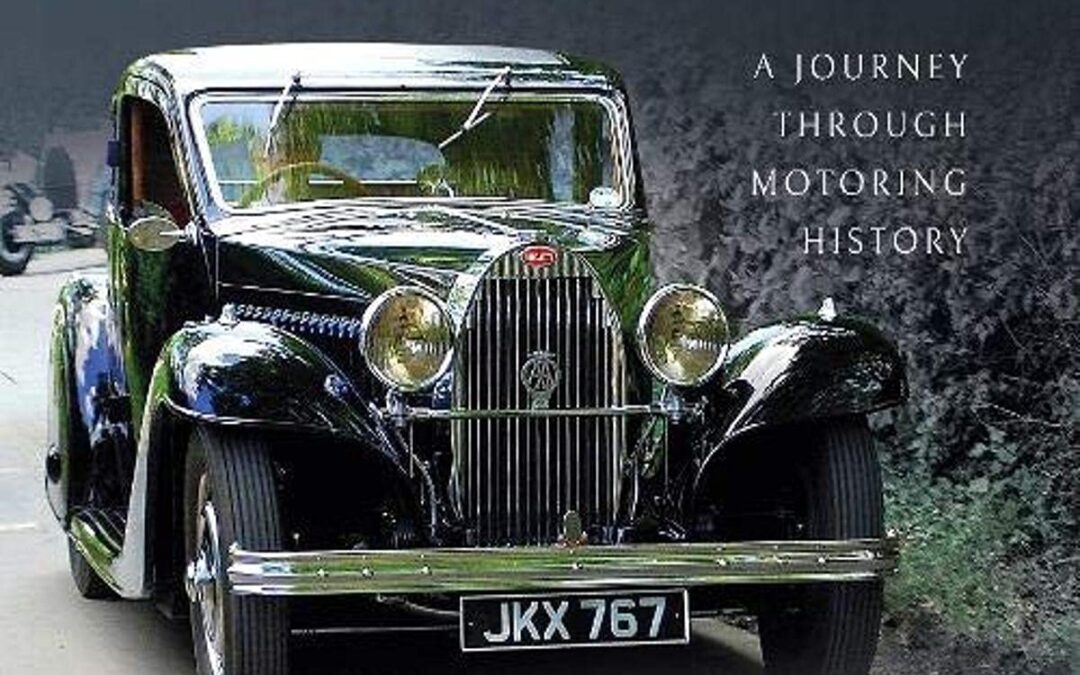

Get behind the wheel, turn the key, and feel the breeze. Hit the Road features the individuality of overland vehicles, their passionate owners, and the inspiring journeys that celebrate a life on the move.
There’s a worldwide movement of people escaping the buzz of cities and diving into nature-packed camping trips and weekends away. Recharged, some head back on Sunday evening; others keep driving for months on end as they visit new countries, experience new cultures, and collect new memories. Hit the Road excites as a collection of overland adventures that put the focus on those who have decided to leave the average life behind–and not just millennials. Their rides range from the classic Volkswagen camper to cozy refurbished Airstream trailers and unstoppable fully-equipped 4×4 Adventuremobiles. The journey continues with stunning photography from the deserts of Africa to snow-tipped mountains in Mongolia. Experts share their experiences, their tips and tricks, and their favorite campfire-friendly recipes for life on four wheels. Are you ready to hit the road?

By James C. Mays. ”More than a truck and more than a car,” the unique Ranchero would take many forms, and this class act was a vital part of the big Blue Oval’s lineup for more than two decades. Far from being just another pretty face, rugged Rancheros did their part to build national prosperity and keep America on the move.
Meticulously researched in Ford’s archives, automotive historian James C. Mays pays tribute to Ranchero, telling the complete story in rich detail. Thoughtfully included are price and options lists, production, sales and export figures. This indispensable reference includes the unique Canada-only Meteor Rancheros as well as the Australian versions.

Known as the Main Street of America and the Mother Road, U.S. Route 66 is the nation’s best known highway. Once the microcosm of a culture increasingly connected by automobiles, its sights and attractions are now a fascinating reflection of a nation on the move. Travel this iconic highway through the heart of America with Route 66 Backroads as your guide. This lavishly illustrated book steers you from Chicago to Los Angeles, traveling through the lowlands of the American Plains and the high plateaus of New Mexico and Arizona, from the Great Lakes to the mighty Pacific Ocean, and through major metropolises and remote country towns. Branch away from the Mother Road, and you encounter gems hidden beyond today’s standard motels and tourist traps—the quaint frontier communities that date back to the nation’s westward expansion; the legacy of ancient native cultures; and the awe-inspiring natural wonders that have graced these lands since time immemorial. State parks, wildlife refuges, museums, historic sites, literary landmarks, and much more are there to be explored within a few hours’ drive from the path of Route 66. The fifty trips included here offer new travel opportunities for the thousands of road-trippers who follow this legendary route, looking for something more.


The cutting edges on engineering tools must lie at precise angles to ensure effective cutting, and sharpening must recreate the original geometry of each tool. This book provides an understanding of what is involved in sharpening typical lathe, milling, drilling and threading tools. With over 550 photographs and illustrations this new book covers sharpening techniques for the most commonly used engineering tools, screwdrivers and gravers, lathe, milling, reaming, drilling and threading cutters. It identifies the two principal types of workhead, and discusses the ways in which their geometry affects typical sharpening setups. It teaches how to use the three basic movements of swing, tilt and rotate to position a tool against a grinding wheel to ensure correct tool angles and sharp cutting edges. Contains useful tables for setting cutting and clearance angles and provides general advice on tool and cutter grinders, and includes examples of the use of workholders to suit a range of tools. Includes information on abrasive materials and the types and shapes of grinding wheel suitable for use on a tool and cutter grinder. Finally, it shows photos of accessories that can be made to simplify setups, including workheads, toolholders and fixtures used to hold circular saws, parting tools and dies, as well as an angle gauge to quickly set clearance angles on reamers and milling cutters.

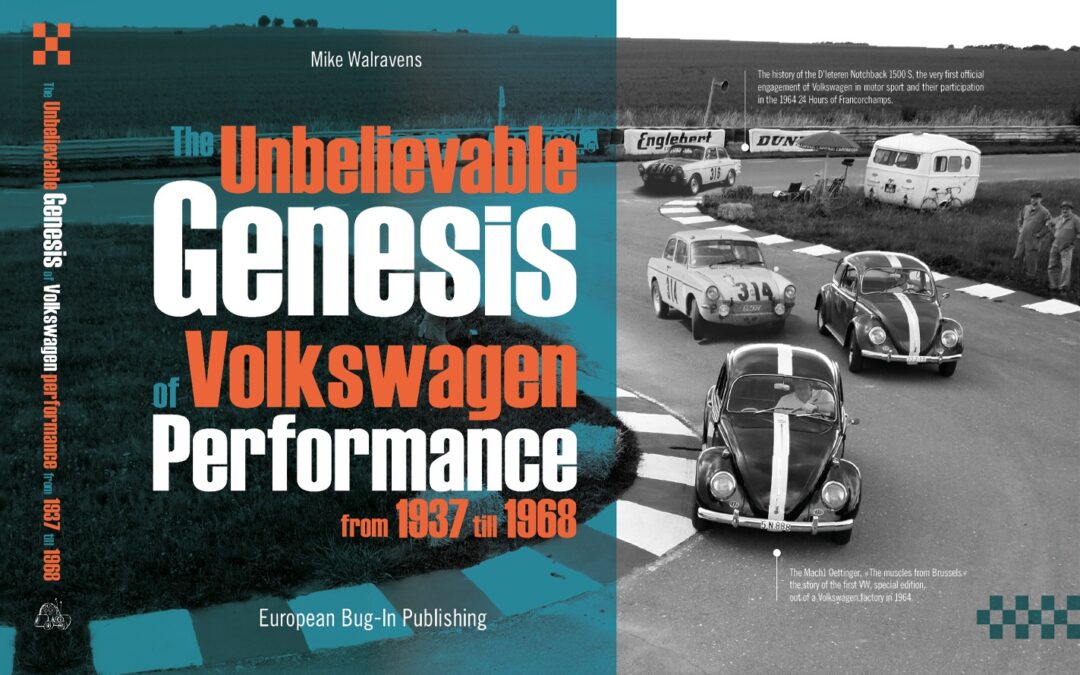

In the late 1970s, the problem facing any manufacturer taking part in the World Rally Championship was that the rules kept being changed at short notice. This book looks at the solutions found for Lancia’s rally car, the 037, and takes the reader through the new rules that all potential contenders would have to consider if they wanted to win rallies at World Championship level.
Lancia’s Rally was developed quickly to deal with the then-dominant Audi Quattro. The reasons it succeeded are featured here, along with an in-depth, behind-closed-doors look at the development of the car, with the close help and cooperation of its designer and chief engineer, Ing. Sergio Limone.
Here you can read how he decided on the basic configuration of the car, what the rules would allow, and how the project unfolded in total secret at Fiat’s various test tracks and centres in and around Turin, overlaid with rumour and counter-rumour as the world’s motoring press tried to make sense of what little knowledge it had of the project’s progress. In addition, Ing. Limone’s own photographs from areas never accessed by the public tell their own story. The focus then moves to the world of top-level rallying, with all the associated glory and headaches. Accompanied by stunning photography and insights from team members, we follow the small and nimble 037s, as the cars have become popularly known, as they head out to take the World Rally Championship for Makes in 1983 and innumerable wins throughout the world. In addition, there are tests of various key examples of the cars, and appendices of events and chassis used. This book is illustrated with 250 stunning and rare rally action photos.
Veloce Classic Re-Prtint

The biography of Barry Green, a highly successful Australian motor racing mechanic and team leader/owner
Barry Green has written his autobiography in company with renowned racing author Gordon Kirby.
The book covers Barry’s life growing up in Australia and his early racing efforts aboard his own Formula Fords in Australia and Formula 3 cars in Europe. Barry and his wife Jeanne then moved to the United States and he went on to become a very successful Can-Am and Indy car team manager and owner. Over twenty-three years from 1980-2002, Barry’s cars won six Can-Am races and 47 Indy car races, including two and some say three Indy 500s. He worked with some great drivers, including Teo Fabi, Bobby Rahal, Danny Sullivan, Michael Andretti, Al Unser Jr., Jacques Villeneuve, Dario Franchitti and Paul Tracy, as well as brilliant designers like Adrian Newey and Tony Cicale, and a long list of tremendously skilled and motivated mechanics and crewmen.
Barry tells his story with the generous help of these great drivers, engineers and crewmen. The Green Flag is a typical, high-quality Racemaker Press production with some 190 photographs and a complete list of Barry’s race teams’ statistics.
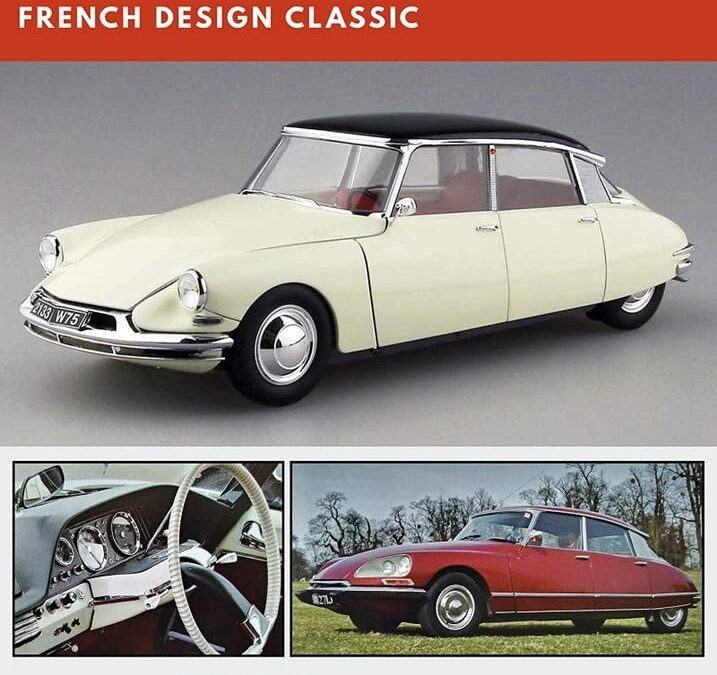
Launched in 1955 yet looking like a sci-fi design proposal for a future then undreamed of, Flaminio Bertoni’s ellipsoid sculpture with wheels that was the Citroën DS stunned the world.
There was a near riot at the 1955 Paris Motor Show launch of the car, orders flooded in for this, the new ‘big Citroën’ (a Voiture a Grande Diffusion or VGD) as the car that replaced the legendary Traction Avant range.
The term ‘DS’ stems from two Citroën parts of nomenclature – the type of engine used as the 11D, (D) and the special hemispherical design of the cylinder head as ‘Culasse Special’ (S): DS out of ‘Deesse’ or Goddess, was a more popular myth of ‘ DS’ origination, but an erroneous one.
But it was not just the car’s aerodynamically advanced body shape (Cd. 0.37) that framed the genius of the DS: hydro pneumatic self-levelling suspension, advanced plastics and synthetics for the construction of the roof and dashboard/fascia, and amazing road holding and cabin comfort were some of this car’s highlights.
Only the lack of an advanced new engine was deemed a missed opportunity. In fact Citroën had created a new engine for the car but lacked the resources to produce it in time for 1955.
DS was a major moment in the history of car design, one so advanced that it would take other auto manufacturers years to embrace. Yet DS in its ‘aero’ design was the precursor to today’s low drag cars of curved form.
Manufactured worldwide, used by presidents, leaders, diplomats, farmers and many types of people, the DS redefined Citroën, its engineering and design language, and its brand, for decades to come.
Prone to rust, not the safest car in the world, and always lacking a smoother powerplant, the DS still became an icon of car design.
Reshaped with a new nose and faired-in headlamps in 1967, DS remained in production until 1975.
Across its life DS spawned an estate car variant as the ‘Safari’, a range of limousines, two-door convertibles, and even coach-built coupes and rally specials.
This car was a product design that became an article of social science – it was that famous and it defined a European design movement upon a global stage then packed with ‘me too’ copyist designs.
The DS or ‘Goddess’ as it was tagged, was a tear-drop shaped act of French confidence in a world of the regurgitation of the known. Some argue that DS and its effect has never been surpassed.
This new value-for-money book provides innovative access to the design, history, and modeling of the revolutionary DS – one of the true ‘greats’ of motoring history and, a contemporary classic car of huge popularity.

Prohibition was imposed by eager temperance movements organizers who sought to shape public behavior through alcoholic beverage control in the 19th and early 20th centuries. The success of reformers’ efforts resulted in National Prohibition in America from 1920 to 1933, but it also resulted in a thriving illegal business in the manufacture and distribution of illegal liquor. The history of Prohibition and the resulting illegal drinking is frequently told through the lens of crime and violence in Chicago and other major East Coast cities. Often neglected are the effects of Prohibition on the Western part of the United States and how Westerners rose to the challenge of avoiding the consequences of illegal drinking. Illegal liquor was imported from abroad, made in stills using strange ingredients that were sometimes poisonous to the unlucky drinker. This history includes stories ranging from serious to quirky, and provides an entertaining account of how misguided efforts resulted in numerous unintended consequences.
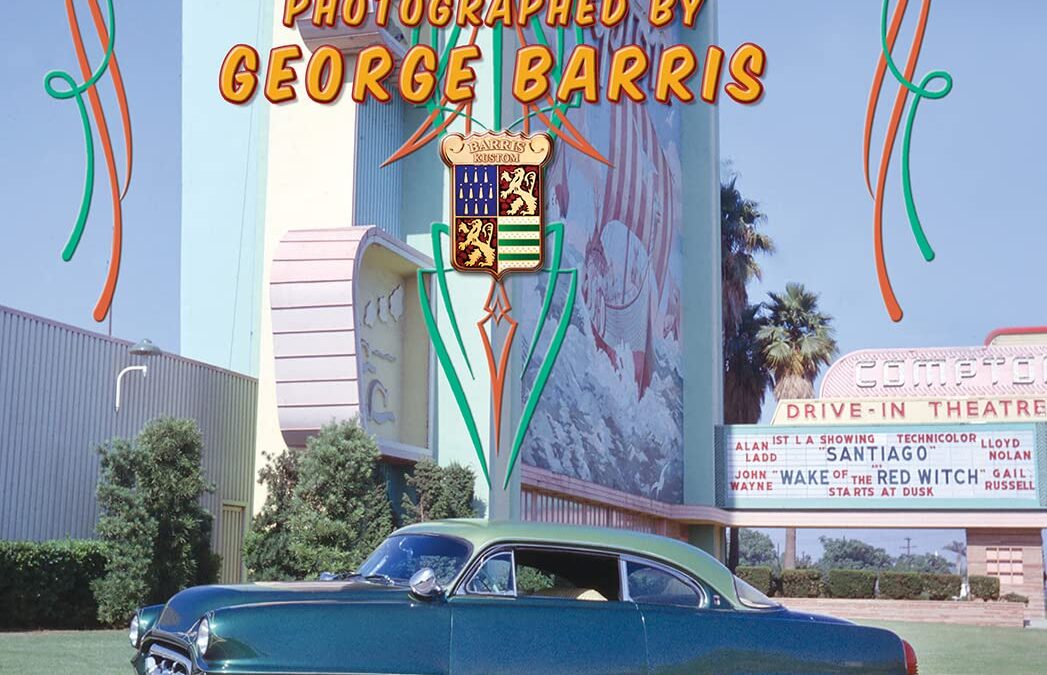
George Barris is indisputably the “King of the Kustomizers,” the most phenomenal kustom car builder ever.
This book collects the incredible photos of early hot rods and custom cars taken by George Barris in the 1950s to early ’60s.
As a sculptor of cars, George Barris knew well the angles and lighting that would bring out the beauty of these creations, both his own and those of others.
A treasury of images, the photographs in this volume capture the early parts of the kustom culture movement, when people wanted to stylize their cars and make them look more sleek, different, powerful and personal.
Early Hot Rod and Kustom Kulture features hundreds of photos including notable customizers from all over the country, in addition to Barris’ own creations. Many of these unique photographs have never been seen before. Barris also photographed the people and personalities of this iconic time, capturing builders and owners, as well as pinups and models.
George captured all the styles of the early era of customs and hot rods, both East Coast and West Coast, reflecting the wide range of trends and scenes. A beautiful collection seen through the lens of master customizer George Barris.
Kustom Photography
George Barris began making custom cars in the early 1940s with his brother Sam. George bought a German-made twin lens reflex Rolleiflex camera and began photographing cars as a way to promote his business. It then became a way to educate other kustomizers. George recorded and wrote how-to stories offering information and photos on kustomizing techniques, sharing his work as well as that of other builders from all over the country. George captured thousands upon thousands of moments in time when the beauty, style or sheer outrageousness of an automobile was visible only to a gathered crowd.
George Barris’ artful documentation of early car culture serves as an important chronicle of custom car history, capturing the best the best of burgeoning hot rod and kustom kulture.
His first work to appear in print was virtually concurrent with the beginning of auto enthusiast magazines known as “little pages” such as Hot Rod, Car Craft, Custom Cars, Hop up, Rod & Custom, Motor Life, Spotlite and others. Although much of his fame surrounds the incredible kustom cars he built, George’s endeavors as a photographer are just as important as any other facet of his life.

Porsche 356: 75th Anniversary relates the full story of Porsche’s original sports car from the first Gmund coupe to today’s beloved collector car.
Ferdinand Porsche was a brilliant engineer who, prior to World War II, had been involved in a variety of significant automotive engineering developments including the first hybrid drive vehicles. From the early 1900s, Porsche was developing racing cars including the Mercedes SSK and the mighty Auto Union Grand Prix. During this period, Porsche also developed the groundbreaking Volkswagen, which would prove critical to his postwar, namesake automobile manufacturer.
The Typ 356 was developed by Ferdinand’s son “Ferry” Porsche and introduced in 1948. Though the rear-engine layout was based on the Volkswagen, most similarities ended there. The 356 had a unique chassis, higher performing engine, and a handsome wind-cheating body. Little known outside Germany initially, by the early 1950s the 356s were lauded for their excellent handling, build quality, and growing volume of competition successes.
Porsche’s 356 evolved over its 17-year life through four distinct series: pre-A, A, B, and C, with coupes, cabriolets, Speedsters, Hardtops, and Roadsters among the many body variations. Equipped with the “Carrera” 4-cam engine, the 356 was a force in sports car racing. Dedicated competition models were developed beginning in 1953, and the Rennsport Spyders dominated road racing, endurance, and hill climb events for over a decade.
The 356 story includes a cast of fascinating characters, from those engineers who designed the cars, to race drivers who built the “giant-killer” mystique, to owners like James Dean and Janis Joplin who fell in love with the little bathtub-shaped sports cars. From titled European gentlemen in the 1950s to movie stars like Paul Newman and Steve McQueen in the 1960s, the first Porsches attracted enthusiasts and racers alike. Today, the car has an even wider following among collectors including Porsche fans like Jerry Seinfeld and Jay Leno. “356 Fascination” continues with ongoing restoration efforts, vintage racing, and an “Outlaw” movement, all enhanced by large-scale events that celebrate the car’s history.
Porsche 356 75th Anniversary tells the in-depth story and is a must-have book for anyone that loves Porsche and sports car history.

71st YEAR – First published in 1951 – The longest running motor racing yearbook. Independent and authoritative editorial combined with the sport’s finest photography Despite the pandemic, AUTOCOURSE celebrated its 70th year of publication in 2020, a year turned on its head by Covid-19. Thanks to the FIA and racing’s management, F1 was rescued, with a compelling 17-race championship spanning Europe and the Middle East. For 2021 a record 22-race schedule was planned, and despite changes to venues, the F1 championship was very much up and running by March 2021. Mercedes and Lewis Hamilton – now the winningest driver in history – broke more records. The Briton smashed through the 100 pole-position barrier, and moved inexorably toward a century of Grand Prix wins in the face of a real championship challenge from Max Verstappen. Red Bull Racing and Honda seemed to have all but matched Mercedes to provide the fans with a thrilling wheel-to-wheel battle, which would end up with some controversial collisions as the season reached boiling point. Authors Tony Dodgins and Maurice Hamilton, combining almost 80 years of F1 expertise, examine each round in depth. Full race reports are backed by detailed results, including lap charts and tyre strategies. The nuances of F1’s designs and development are analysed team by team by the much-respected Mark Hughes, enhanced by Adrian Dean’s handsome F1 car illustrations. Motor racing’s other major categories are also fully covered: Toyota’s WEC and Le Mans sports car successes; the closely-fought F2 and Formula 3 championships, featuring emerging young talent from around all continents the world; and Nick de Vries emerging victorious in the tight fought Formula E series for electric powered single seaters. AUTOCOURSE includes all the hectic action from the top Touring Car series – the World Touring Car Cup and the British Touring Car Championships as well as the reconfigured DTM Series now running GT cars from Audi, Mercedes, BMW and Ferrari. From America, Gordon Kirby recounts a thrilling Indycar series, featuring a mix of youthful talent such as Alex Palou and Pato O’Ward, both of who were vying to overturn the established veterans who have dominated proceedings over the past decade. In an emotional return, Helio Castroneves took record equalling fourth Indy 500 victory, whilst an appreciation is made to paid to the legendary three-time Indy 500 winner the late Bobby Unser. The ever-popular NASCAR stock car series ran from February to November with barely a weekend’s break, to feature more than forty races before the final championship play-off round at Phoenix, Arizona. In a single essential volume, AUTOCOURSE provides the most comprehensive record of world motor sport, complete with full results not found anywhere in a single volume. It is required reading for all motor sport fans worldwide

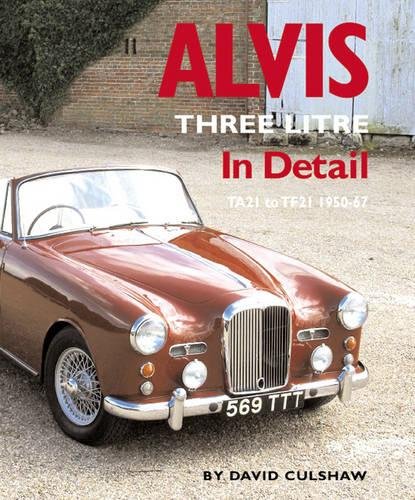
From its launch in 1950 to its demise in 1967, the Alvis Three Litre enjoyed a deserved reputation for effortless performance, exceptional surefootedness and stability, a high degree of driver friendliness, and irreproachable quality of construction. It was considered a rather exclusive car, coming as it did from a maker whose products always had a certain individuality. In addition, there remained through successive models something reassuringly traditional about its styling in both saloon and drophead forms; while never outdated, it displayed a timeless, discreet dignity unmoved by the more frivolous vagaries of fashion. All the while, in the background but ready to serve when called upon, was the Alvis works, whose concern for its cars and their owners was exemplary.Throughout production, the Three Litre was based on the same chassis and was powered by the same engine. This was a handsome and efficient short-stroke six-cylinder, conceived in order to provide the driver with ample power over a very wide rev range. Starting with an output of 83bhp in the early TA21, this robust unit was progressively developed to supply 150bhp in its final TF21 form while retaining the turbine smoothness, reliability and lack of temperament that it had become celebrated for. It was perfectly matched to its chassis and running gear, and those who have driven a Three Litre at speed will find the dynamic qualities of the contemporary rivals from Bentley or Jaguar rather less likeable.This book opens with an exposition of the background that led to the companys introduction of the Three Litre in 1950. Then comes a detailed technical analysis of the TA21, covering all aspects of the chassis, running gear, engine and transmission. This sets the scene for the chapters which follow, on the short-lived TB21 sports tourer, the TC21 and the uprated TC21/100, the Graber-inspired TC108G, the outstandingly handsome TD21 Series I and II, the TE21 and the TF21.Each of these receives comprehensive treatment, including differences from previous models, production changes and full chassis number number listings, along with notes on famous owners and screen appearances. The author provides extensive information on the coachbuilders who supplied Three Litre bodies, including Mulliners, Tickford, Graber, Willowbrook and Park Ward, and there are chapters devoted to the Alvis-powered Healey G Series sports car, the aborted Issigonis-designed Alvis TA350, and the ownership and use of Alvis Three Litre models today.Five outstanding examples of the cars have been specially photographed for this book and are featured in some 70 colour shots. There are also more than 140 black-and-white illustrations drawn from archives as well as from Alvis sales and publicity material. Devoted exclusively to the Three Litre, this book offers an in-depth examination of these excellent cars to provide a store of information for the many owners who care passionately about them, and serve as a tribute to the men who made them.
